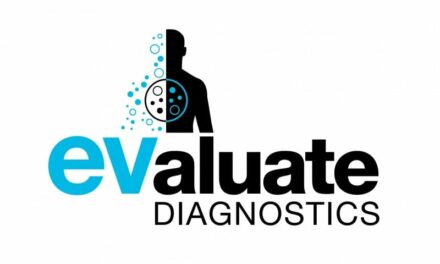The Centers for Disease Control and Prevention (CDC), the Centers for Medicare and Medicaid Services (CMS), and FDA have announced the launch of a tri-agency taskforce for emergency diagnostics. The taskforce was created to leverage the expertise of each agency to advance rapid development and deployment of diagnostic tests in clinical and public health laboratories during public health emergencies.
“Public health emergencies like Ebola outbreaks remind us that we’re a global community when it comes to public health protection. Bacteria and viruses don’t respect territorial boundaries,” notes Jeffrey Shuren, MD, JD, director of FDA’s Center for Devices and Radiological Health. “It takes a sustained, robust, and globally coordinated effort to protect our nation and the global community from various infectious disease threats.
“We’re all in this together. To that end, FDA knows that collaborating with our federal partners to employ our collective expertise, experiences from previous incidents, and resources will better assist in a global response,” Shuren adds. “We also believe that this taskforce could lead to more innovation for diagnostic tests, as developers will see a more predictable federal regulatory response through the agencies’ coordination. This taskforce will help our agencies better collaborate to prepare for, and respond to, public health threats, including identifying threats and ensuring the appropriate diagnostics are in place to support efforts in the field.”
FDA, CDC, and CMS each play a critical role in responding to public health emergencies, including identifying threats, regulating medical products, and providing oversight for laboratories. The agencies have teams of scientists, researchers, and policy experts that are dedicated to preparing the United States for rapid disaster response.
During a public health crisis, diagnostic tests that detect pathogens such as the Ebola and Zika viruses can be quickly made available to meet response needs through FDA’s emergency use authorization (EUA) process. FDA has authority to issue an EUA for the use of diagnostic tests during public health emergencies, provided appropriate criteria are met. Meanwhile, CDC is responsible for providing agent-specific subject matter expertise in epidemiology, laboratory expertise, and guidance to clinicians and laboratories responding to the emergency. CDC and other federal laboratories are often the ones developing new tests to respond to emergency needs. CMS has authority to ensure quality testing at laboratories through the Clinical Laboratory Improvement Amendments of 1988 (CLIA). Even during public health emergencies, CMS provides guidance to laboratories about how to meet CLIA requirements, in order to ensure that laboratories produce accurate, reliable, and timely results.
Prior to this partnership, feedback from the clinical laboratory community indicated that there was uncertainty about how to implement diagnostic tests once they received an EUA. In particular, the community has been uncertain about how to meet CLIA regulations while under an EUA, to allow labs to start testing specimens.
“During public health emergencies, ensuring the health and safety of patients through quality laboratory testing will remain the focus of CMS,” notes Kate Goodrich, MD, MHS, chief medical officer and director of the center for clinical standards and quality at CMS. “Timely implementation of EUA diagnostic assays in the US healthcare system is dependent upon laboratories understanding the instructions for use and applying them to the patient samples received for testing. As part of this taskforce, it is our goal to provide clear and consistent guidance to laboratories on the application of CLIA requirements for these emergency assays.”
By standardizing collaboration efforts, the federal partners hope to address issues related to implementation of diagnostic tests authorized for use under an EUA, as well as other unmet needs and gaps in preparing and responding to global health threats. The taskforce will provide a forum for each agency to coordinate, provide consultation, and improve the availability of diagnostic tests during public health emergencies. In addition, to assist in public health preparedness, the taskforce will work to define, refine, and streamline interagency approaches for the implementation of EUA diagnostic tests. The hope is that the taskforce will enable an even more efficient federal government response for making diagnostic tests available in the event of a public health emergency.
“Time and time again, we’re reminded that disease knows no borders. While our globalized world and modern transportation help promote economic prosperity, these features also facilitate the spread of emerging infectious diseases,” says Chesley Richards, MD, MPH, FACP, CDC’s deputy director for public health science and surveillance. “In the past 15 years alone, we’ve faced serious global outbreaks of deadly pathogens. During public health emergencies, it is critical for diagnostic tests to be made available and adopted quickly into clinical and public health laboratories for rapid patient care.”
For further information, visit FDA.






